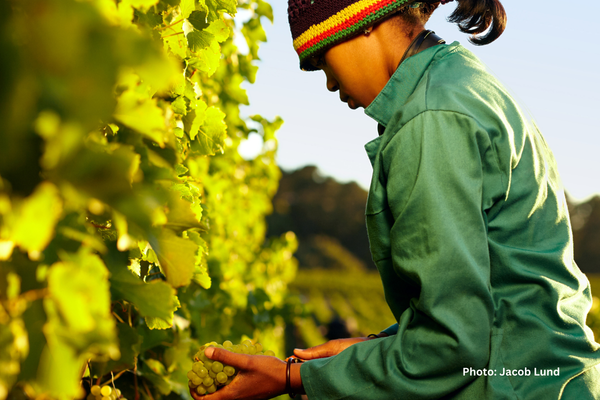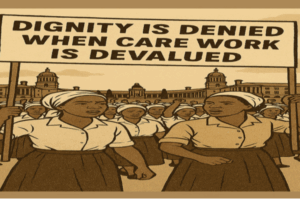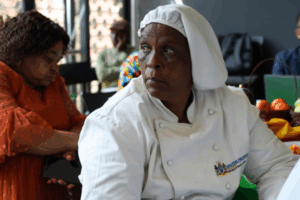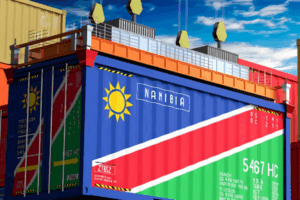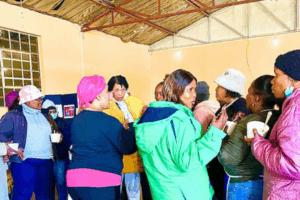Farm workers in South Africa will face difficulty working through heatwaves if global warming continues.
The term ‘just transition’ is widely used but with little understanding of the origins of the term and the meaning behind it. The term was coined by trade unionists in the early 1990s (further explained here).
But the transition to a greener and cleaner economy cannot be ‘just’ without ensuring that women are included in the process. Women are disproportionately affected by climate change and often bear the brunt of economic transitions.
Traditional methods for managing the shift to cleaner energy have mainly focused on helping workers in the oil and gas industry, which is mostly male.[1] But the Just transition agenda focuses on the need to ‘mitigate the impacts of the transition on all workers.’
Women represent only 16% of workers in the oil and gas industry, facing significant challenges in this sector. These challenges include unequal pay, limited career opportunities, and a hostile work environment. These challenges are intensified by a shortage of women in STEM fields and a lack of support for work-life balance.
The gap between the number of men and women in the energy sector represents an opportunity for us – where women were excluded before we can now include women in the newer forms of work (including the millions of green jobs we anticipate will be created in the coming years). When creating green jobs, it is important that these jobs are accessible to women, with equal pay and benefits.
We can’t only focus on jobs, however. We have to expand social safety nets to protect women from economic shocks. This includes providing childcare to support women’s participation in the labour force.
By working with a gender transformative approach, we recognise that women are more economically vulnerable than men and that climate change has much farther-reaching impacts than the oil and gas industry alone. We also have to recognise that not all women are affected in the same way, so context-specific solutions are essential. There is no ‘one-size-fits-all’ approach.
It’s important that we include gender analysis when developing programs and policies, and have initiatives targeted specifically at women’s needs and challenges. We must include women in the decision-making processes.
By prioritising women’s inclusion, we can create a more just, equitable, and sustainable future for all.
____________________
[1] https://www.lo.no/hva-vi-mener/internasjonalt/nyheter-internasjonalt/women-and-just-transition-steps-unions-can-take-to-promote-gender-justice/
Further resources:


